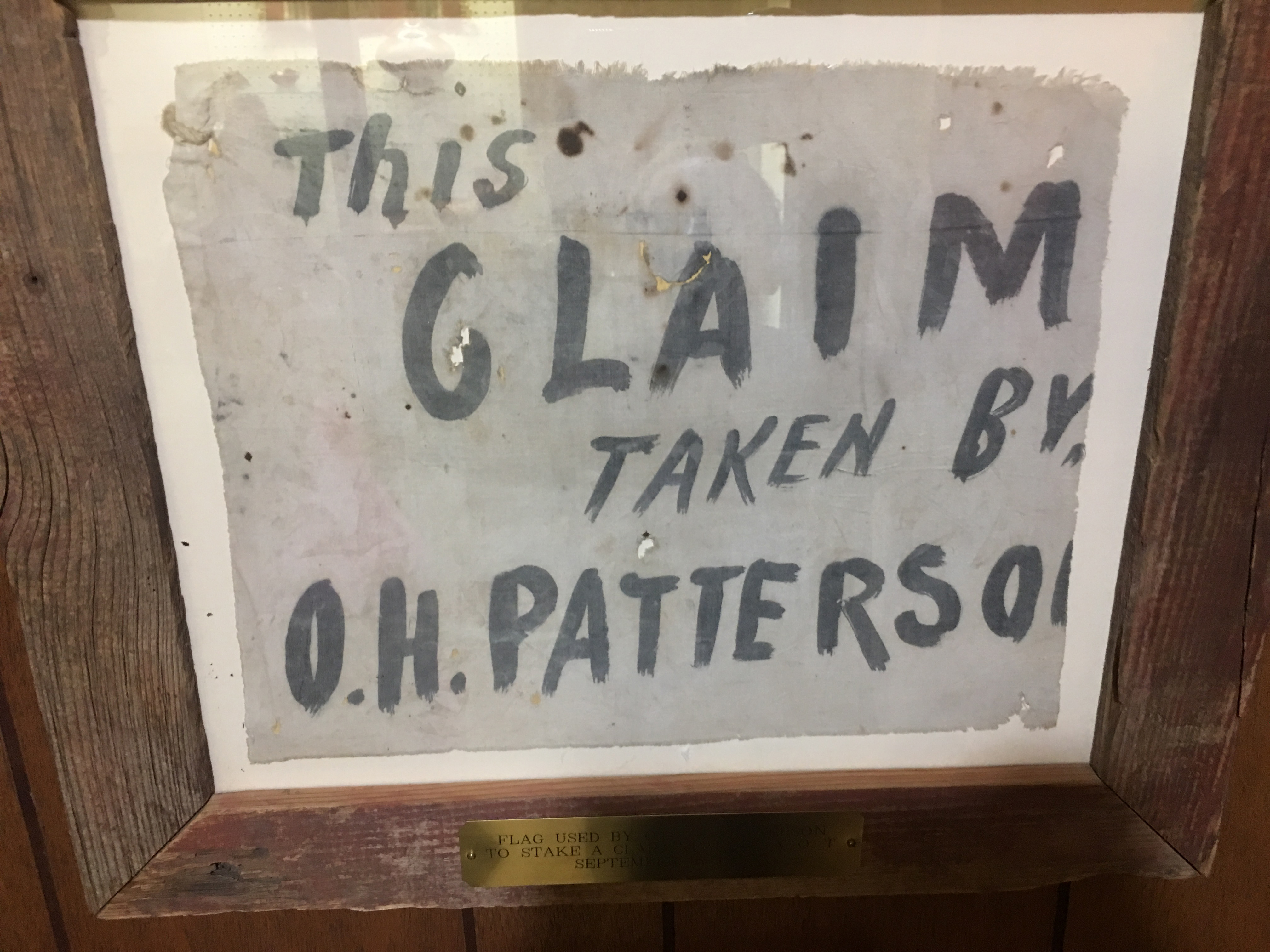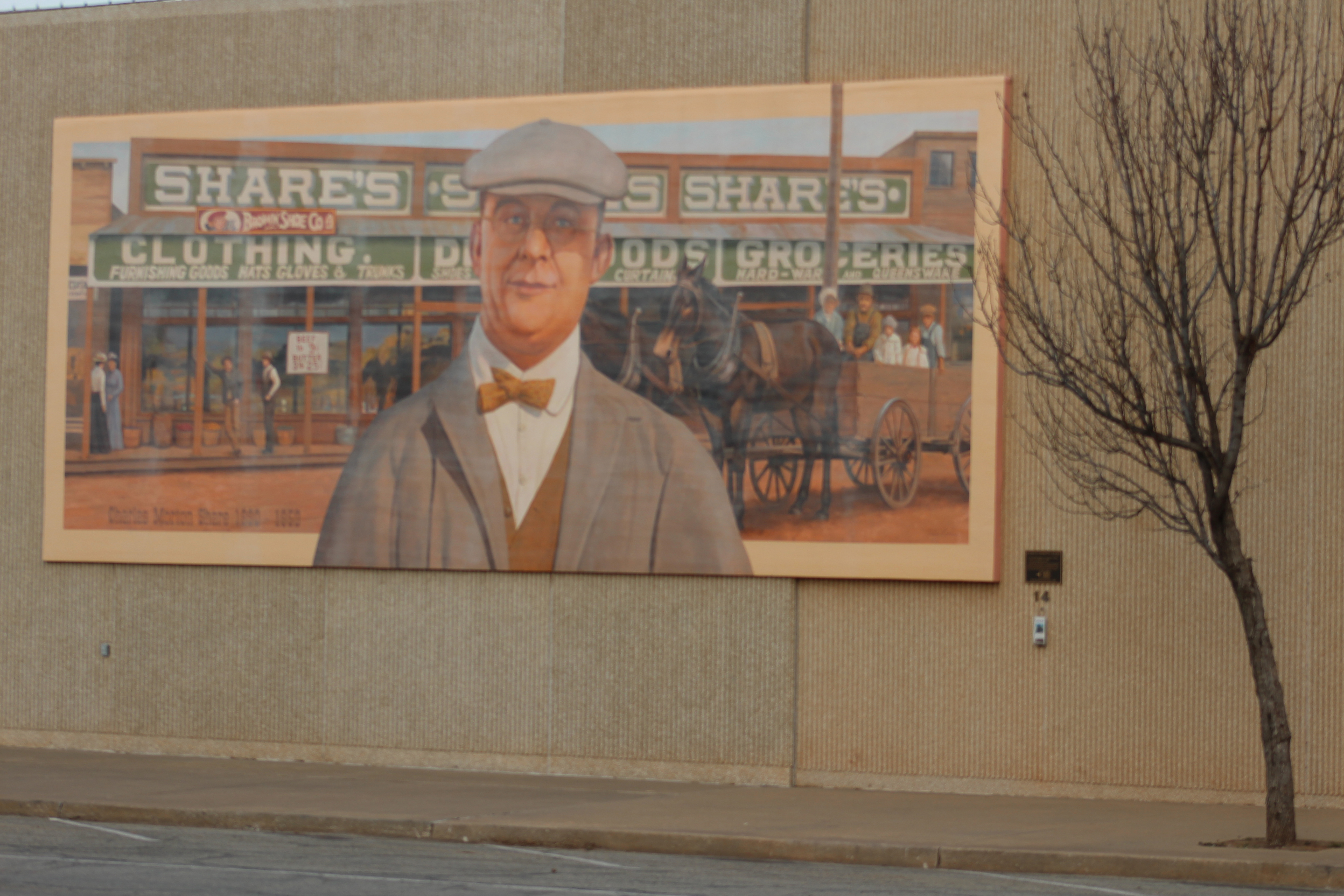By Capri Gahr
Student Reporter

Sept. 16, 1893, is the day that is marked in history as the day Alva officially began.
That day in 1893, settlers lined up at the border between Kansas and what was previously Indian Territory.
Before this happened, the U.S. Army spent time surveying the land, creating maps and making the area safe for settlers. They also spent time making a deal with Native Americans to share the land.
That was the first step taken to open new settlements in this area. They were planning to let settlers in by having a land run.
A land run is where settlers lined up at the border of an area and when signaled, ran into an area of unclaimed land to stake their claims.
They would put flags into the ground to section off the land they claimed. Then they were obligated to build homes there to be able to keep the land.
“They all lined up on the border and around noon the army shot a gun,” Beth Smith said, curator of the Cherokee Strip Museum. “That was the beginning of the fourth land run.” Alva came to be because of the railroad. “People would hop on the train around Kiowa and ride it into the area … the train moved slower than usual so all the settlers could safely jump off,” Smith said.
Alva was likely named after a railroad attorney, Alva Adams, who was later the governor of Colorado.
It was the first railway station southwest of Kiowa, Kansas.
On Alva’s third birthday, the Alva Giants were created. It was Alva’s own traveling baseball team. Northwestern Territorial
Normal School, now Northwestern Oklahoma State University was established in 1897, just four years after the fourth land run.
Alva went on to be an important place during World War II. Alva was the site of a prisoner of war camp for German POWs. On
July 19, 1943, the United States Department of War ordered that Camp Alva would be the place for the internment of the more extreme prisoners of war. According to Hurt R Douglass, the author of “The Great Plains during World War II,” “Nazi leaders,
Gestapo agents, and extremists,” were held here.
Some notable moments in Alva’s history include the opening of the Bell Hotel in 1924, Route 66, paved in 1937, the building of
Share Medical Center in 1970 and the Cherokee Strip Museum, opened 1975.
Alva is currently home to around 5,000 people. NWOSU serves about 2,000 students. The businesses serve around 13,000 people from the community and surrounding towns

